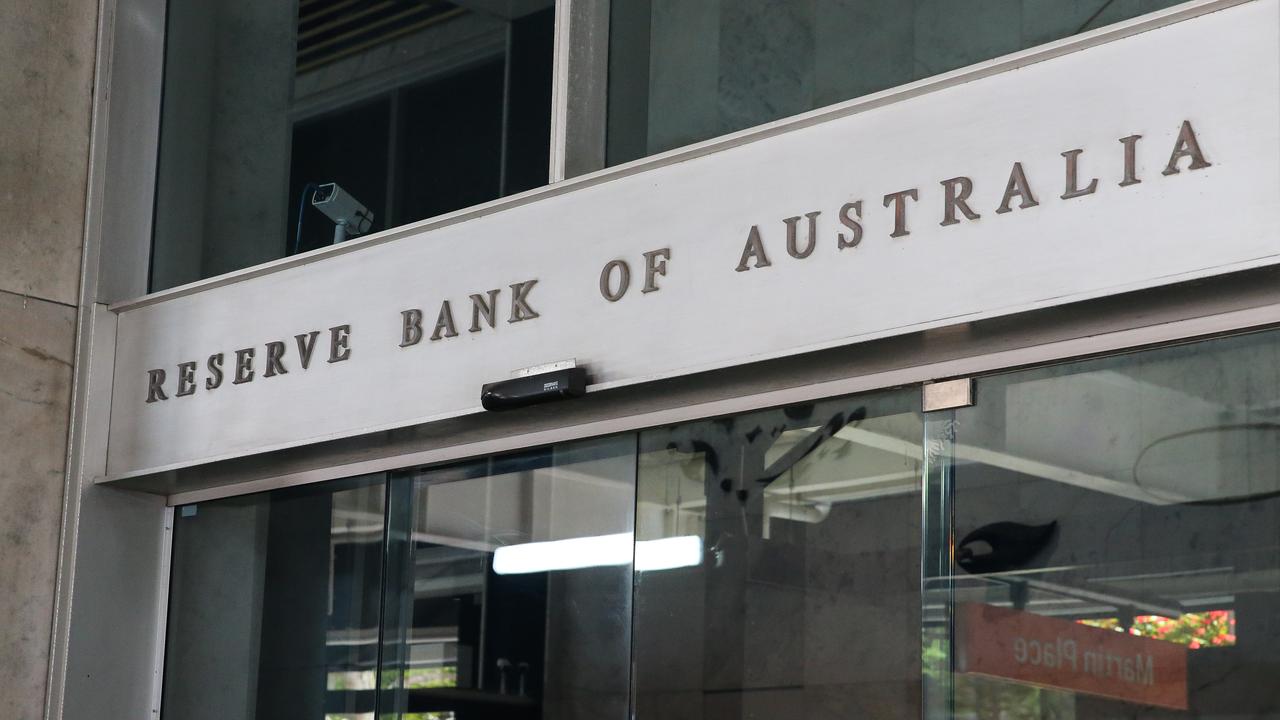RBA’s warning to the Australians at risk of financial ruin
The Reserve Bank has issued a stark warning about the number of Australians at risk of financial despair in the months ahead.

The Reserve Bank has issued a stark warning about the number of Australians at risk of financial despair in the months ahead.
Skyrocketing interest rates and higher unemployment rates could push more and more mortgage holders into severe financial stress.
But in a speech to the Sydney banking and financial stability conference on Friday, Andrea Brischetto, the Reserve Bank’s head of financial stability, said while the number of borrowers in “severe financial stress” had risen in recent months, the majority of Australians had proven resilient.
She said if interest rates remained at current levels, the RBA estimated that less than two per cent of variable-rate owner-occupier borrowers were currently at “real risk” of not being able to cover their basic expenses and mortgage payments out of their current income, and didn’t have significant savings buffers to fall back on.
Ms Brischetto warned that could be driven even higher if things changed.
“In scenarios where the unemployment rate rises or interest rates increase further, the share of households in severe financial stress would rise,” she said.
But, she added that even if the unemployment rate were to increase by two percentage points, the share of borrowers at risk of running out of savings buffers over the next year or so would “likely remain at low single-digit level”.

She noted that a strong labour market meant households had managed to increase hours of work or transition to higher paying jobs, use savings, or cut consumption costs.
“These adjustments have meant that, to date, the substantial pressure on households’ budgets has not translated into a sharp increase in late-stage financial stress,” she said.
“Both loan arrears and personal insolvencies (business-related and other) have increased from their low levels during the pandemic, but most households continue to be able to service their debts.”
On the whole, she said that Australians were proving themselves to be resilient in the face of budgetary pressures, noting that close to 99 per cent of loans remained on or ahead of repayment schedules.
“Most borrowers have been resilient, and even in the case of an economic downturn, this is likely to remain the case,” she said.
“This, along with the strong position of our financial institutions, helps support the stability of the Australian financial system and the economy.”
Her assessment came just days after the ABS released the GDP figures for the September quarter that showed per-capita incomes had declined by 0.5 per cent, while the household saving-to-income ratio fell to 1.1 per cent – the lowest level since the December 2007 quarter.
Ms Brischetto said just over 20 per cent of variable-rate owner-occupiers were now devoting more than 30 per cent of their income to mortgage repayments.
But citing the Melbourne Institute’s Household Expenditure Measure, she said the RBA estimates that around 95 per cent of people in that group of borrowers still had spare income after meeting their mortgage payments and essential expenses.
She noted lower income households were more likely to have an income shortfall than borrowers on higher incomes.



